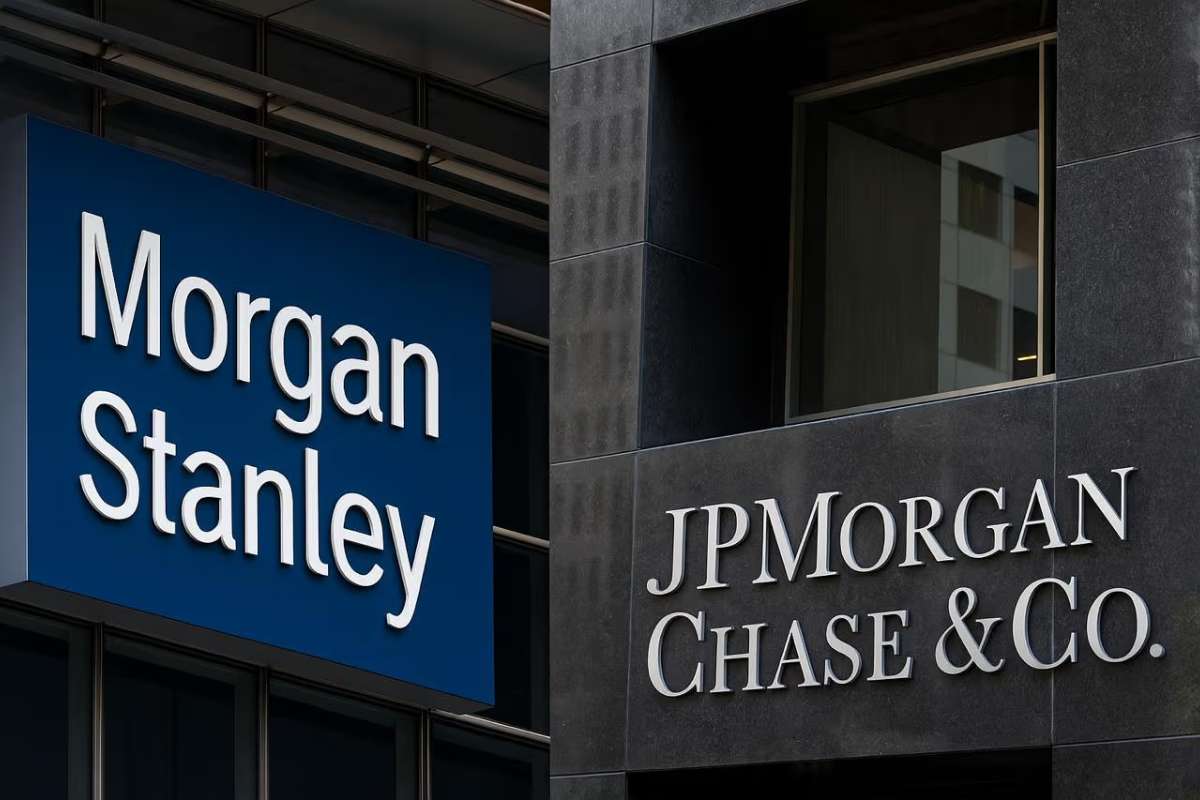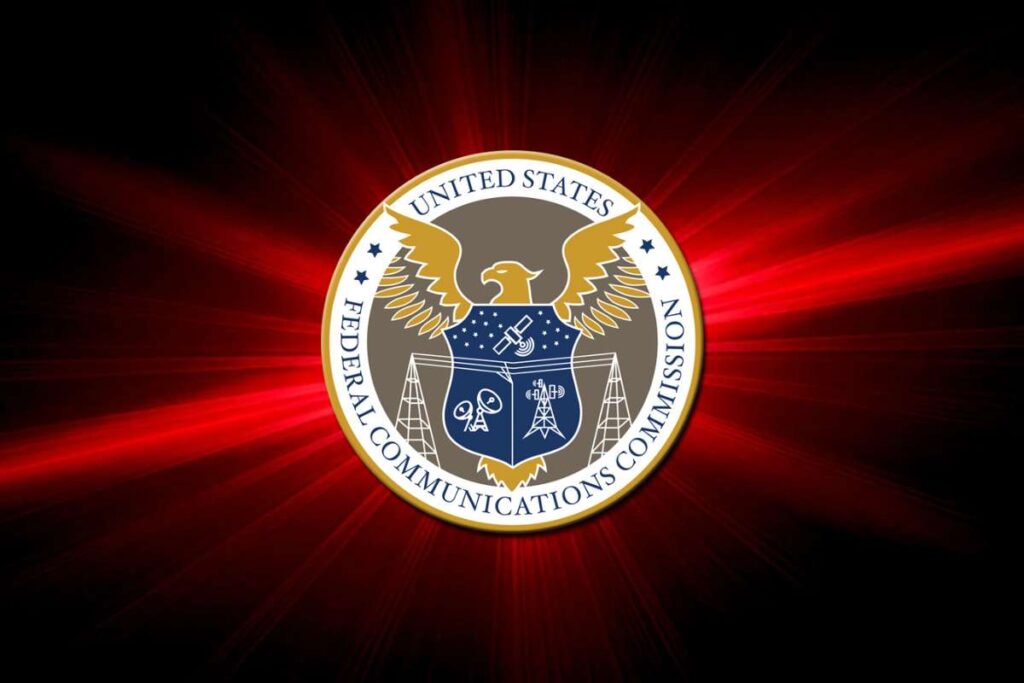Client information connected to JPMorgan Chase, Citi, and Morgan Stanley may have been exposed following a SitusAMC Data Breach, a technology vendor , according to reporting by the New York Times. The incident has raised new concerns about third-party security practices across the financial sector, where many institutions depend on external firms for data processing, software tools, and specialized analytics.
SitusAMC confirmed on its website that it experienced a cyberattack on November 12. The company stated that certain information stored in its systems had been accessed without authorization, including data tied to work performed for various clients. While it did not identify which institutions were directly affected, the firm acknowledged that some of the compromised material included corporate information and legal documents linked to customers of its clients.
CEO Michael Franco said the company is currently reviewing the scope of the incident, examining the types of data involved, and working to understand the full impact of SitusAMC Data Breach. He added that law enforcement has been notified and that internal teams are closely analyzing the affected systems. The FBI confirmed that the cyber incident has caused no operational disruptions to banking services and said the situation has been contained.
Rising Concerns Over Third-Party Cybersecurity
The SitusAMC Data Breach highlights a growing challenge for financial institutions as they expand their reliance on technology providers. Banks routinely work with vendors for functions such as mortgage software, portfolio analytics, transaction processing, and document management. While these partnerships streamline operations, they also create additional entry points for attackers aiming to reach sensitive financial data.
Cybersecurity researchers have warned for years that third-party firms can become high-value targets because they often connect to multiple large financial institutions at once. A single compromised vendor may grant attackers indirect access to a wide network of client information. The recent SitusAMC Data Breach has renewed discussions within the sector about strengthening vendor oversight, increasing transparency in reporting, and expanding shared monitoring practices.
Financial firms have also been reviewing how much data they store with outside partners, how long that data remains accessible, and whether encryption practices meet current security expectations. Even when banking systems remain untouched, breaches of connected vendors can expose valuable information that supports financial transactions, risk assessments, or corporate records.
Impact on Financial Clients and Industry Response
Although banking operations were not disrupted by SitusAMC Data Breach, the exposure of client-related documents raises concerns for organizations that rely on secure processing environments. Corporate records and legal documents often contain confidential information, and attackers may leverage these details for targeted intrusion attempts, phishing campaigns, or fraud operations.
Financial institutions are expected to conduct internal assessments to determine whether any information processed through SitusAMC requires additional monitoring or customer notification. Such reviews typically involve checking data transfers, examining audit logs, and verifying that sensitive information was handled according to contract requirements and security controls.
Industry groups have emphasized that rapid communication between vendors and clients is essential following such incidents. Clear visibility into affected systems helps firms evaluate risks and identify any follow-on activity. Many banks and financial service providers are strengthening protocols that require vendors to meet higher cybersecurity standards, undergo regular assessments, and report incidents within shorter timeframes.
Growing Sector Emphasis on Resilience
The SitusAMC Data Breach underscores the importance of continuous cyber readiness across interconnected financial networks. Institutions are increasing their investments in threat detection tools, encrypted data environments, and real-time monitoring systems that track unusual activity across vendor connections. These measures help reduce the likelihood that unauthorized access will remain undetected for extended periods.
Banks are also working more closely with sector-wide information-sharing organizations that monitor cyber threats affecting the financial industry. These groups analyze SitusAMC Data Breach patterns, distribute technical guidance, and develop defensive strategies aimed at reducing systemic risk across shared technology environments.
The SitusAMC Data Breach reinforces the need for coordinated cybersecurity practices among banks, service providers, and technology partners. As financial institutions continue to process vast amounts of digital information, strong protection of third-party systems is becoming as important as safeguarding internal networks.
While the investigation continues, the focus within the financial sector remains on ensuring that data exposure is limited, security gaps are addressed quickly, and future vendor-related risks are minimized through more robust oversight and continuous monitoring.
Also Read: FCC Reexamines CALEA Guidance as Cyber Risks Intensify for Communications Networks






